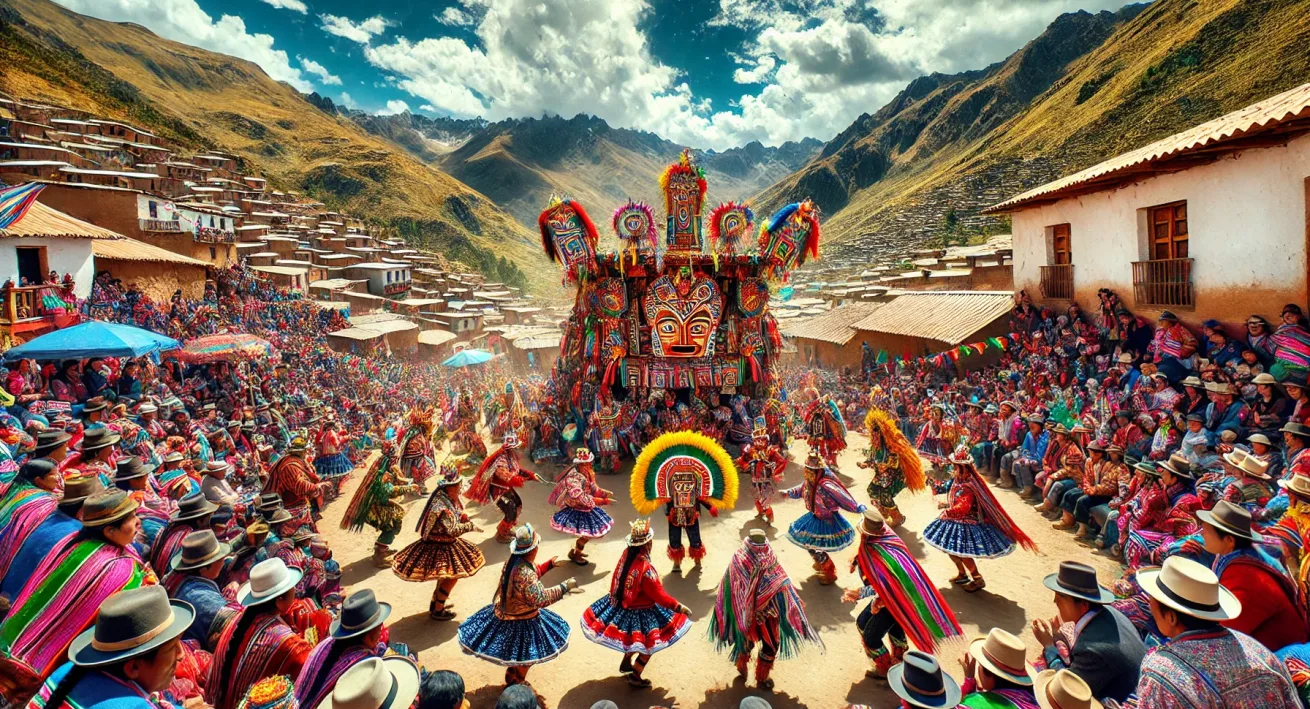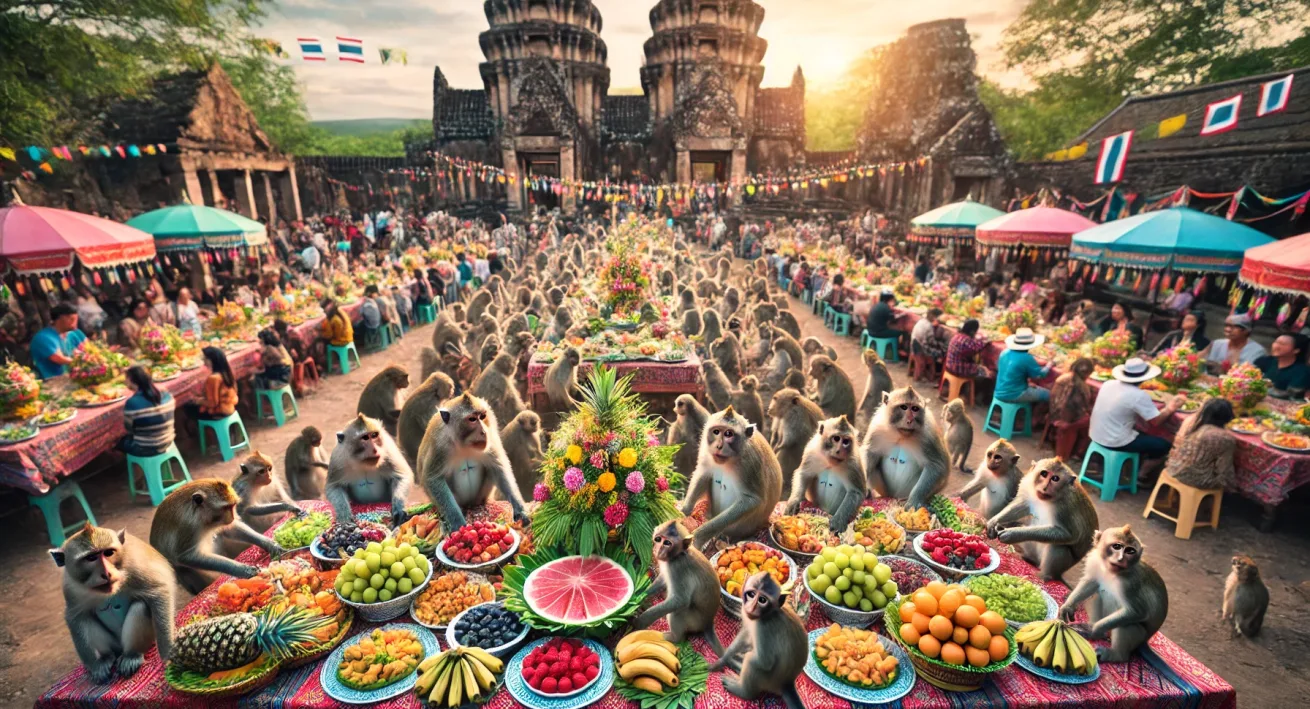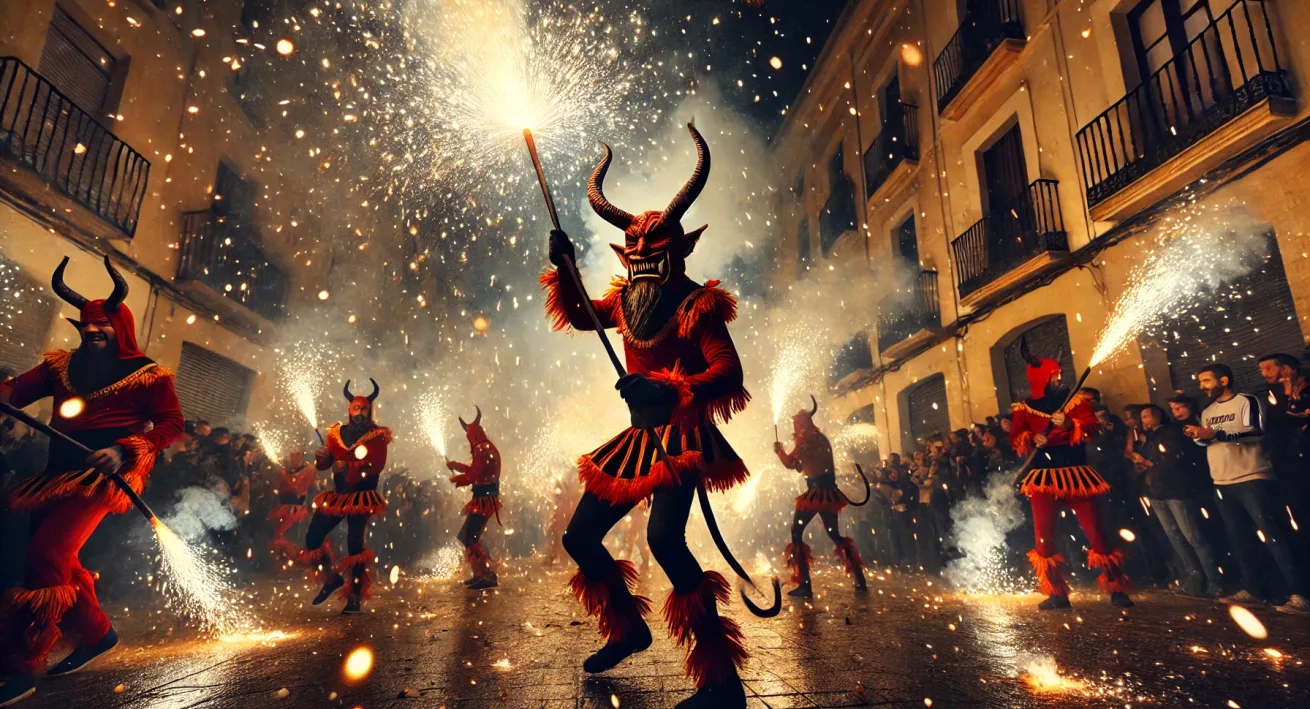In the remote, rain-soaked hills of Meghalaya, India, an extraordinary example of human ingenuity and nature’s harmony exists—the living root bridges of the Khasi and Jaintia tribes. These natural wonders, woven from the roots of rubber trees (Ficus elastica), are more than mere pathways; they are a living legacy of sustainable engineering passed down through generations. These bridges, some of which are centuries old, embody a unique blend of ecological balance, cultural heritage, and practical utility that continue to awe both locals and visitors alike.





